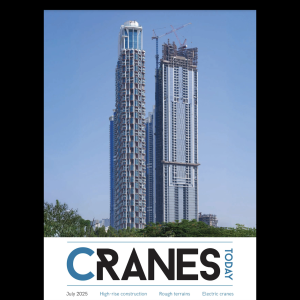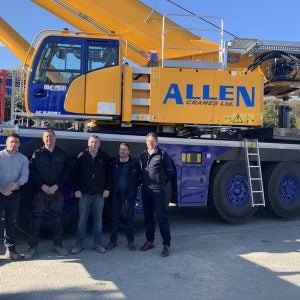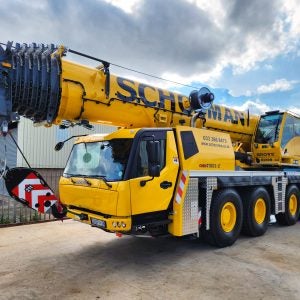The engineered foundation, by Magnusson Klemencic Associates of Seattle, was designed to withstand only about one-fourth of the pressures that the 210ft (64m) tower crane actually required, L&I said.
Operator error was not a factor. The investigation found the crane operator was well experienced and was operating the crane properly.
“The inadequate design of the tower crane base clearly led to the collapse of the structure,” said Steve Cant, assistant director for L&I’s division of occupational safety and health. “The problem was compounded by the failure of the general contractor to maintain and inspect the crane base in accordance with the manufacturer’s specifications.”
The investigation covered all aspects of the crane’s construction and operation, including the possibility that strong winds may have weakened the crane. The department found no evidence that high winds the night before contributed to the tower crane collapse. The cause of the collapse was metal fatigue of the steel base frame, which was not strong enough to support the working crane, it said.
The collapse of the crane prompted the state legislature this year to enact new laws establishing a construction crane certification program and a crane operator certification programme (Cranes Today May p9), which will be administered by L&I.
Cant said L&I specifically asked that the new legislation include a provision that, in any non-standard tower crane base, an independent professional engineer must review and approve the plans.
The Bellevue crane’s base design was unusual in that a typical standard construction-crane base would be a poured concrete pad in which crane anchors would be embedded. The base structure designed for this crane consisted of a configuration of steel I-beams welded and bolted together as an H-frame and attached through a set of collars to four concrete pillars.
Non-standard bases are necessary in some situations, and they can be engineered to ensure structural integrity and safety. However, in this case the base system design was not strong enough to support all the possible critical load combinations. It needed to be at least four times stronger to operate safely, the investigation found.
As a result of L&I’s investigation, two firms are being cited for workplace safety violations, Magnusson Klemencic Associates, the engineering firm that designed the base, and Lease Crutcher Lewis, the general contractor for the Tower 333 project. The firms were given until 26 May to appeal the ruling.






